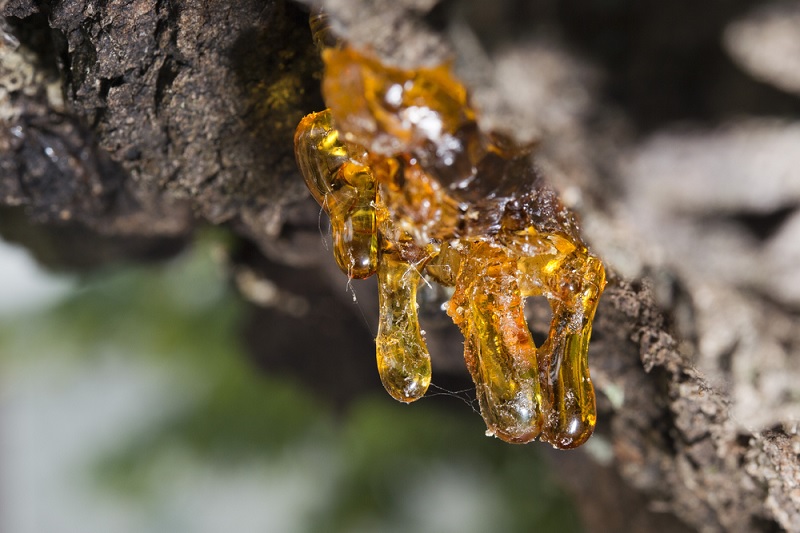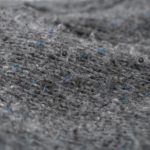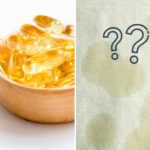Whether you’ve been working outdoors, hiking, or simply got too close to a Christmas tree, there are plenty of ways you can end up with tree sap on your clothes. It can be a sticky mess, meaning treatment can be challenging.
Knowing how to get tree sap out of clothes is a must if you want to avoid ruining the item.
If it’s left untreated, tree sap won’t do major damage, but it can leave a discoloured mark on your favourite clothes.
So, read on to find out how to get tree sap out of clothes.
What Is Tree Sap?
Tree sap is a sticky compound that trees use to transport food around the branches and trunk.
It’s primarily made from sugar and water. Tree sap is usually golden brown and can leave a mark on clothing if left for too long.
However, it doesn’t tend to dry in the same way as liquid stains but will instead harden.
How to Get Tree Sap Out of Clothes
Getting tree sap out of clothes involves a few steps before chucking the item in the washing machine.
Luckily, it doesn’t involve any weird or harsh products, so you shouldn’t need to do any prep or patch testing before starting.
Below are the steps for removing tree sap from clothing. The first two stages are helpful if you have a big lump of sap stuck to your clothes. If you don’t, just skip this step.
1. Freeze the item
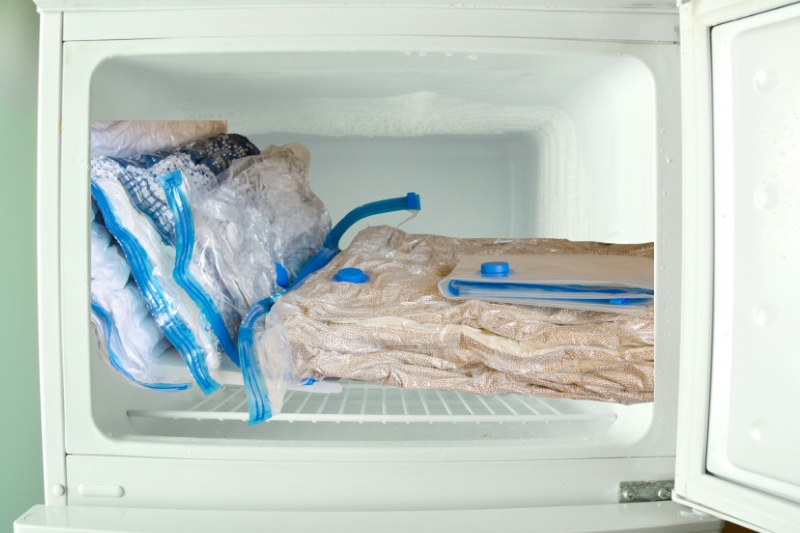
Tree sap doesn’t freeze completely, at least not in a conventional freezer. However, getting it really cold will make it far easier to remove because it’ll harden into a lump.
You can either put the whole item in the freezer or put an ice pack over it if it’s too big. Leave it for as long as possible – either overnight in the freezer or until the ice pack has melted.
2. Scrape off the sap
Next, scrape the lump of sap off using a blunt knife. A butter knife or similar will be best, as you don’t want to risk cutting or damaging the fabric!
Hold your knife flat against the sap and scrape slowly. The sap will be brittle when cold but should lift pretty easily.
3. Pre-treat the area
Once you’ve removed the excess solids, treat the area with some biological laundry detergent.
Pour a small amount directly from the bottle onto the stain and leave it to soak it. You should only need to leave it for 30 minutes or so.
Alternatively, you can blot the area with some rubbing alcohol. This won’t stain fabric but can help lift sticky or oil-based stains. Pour some onto a cotton ball or cloth and blot at the stain.
4. Wash as normal
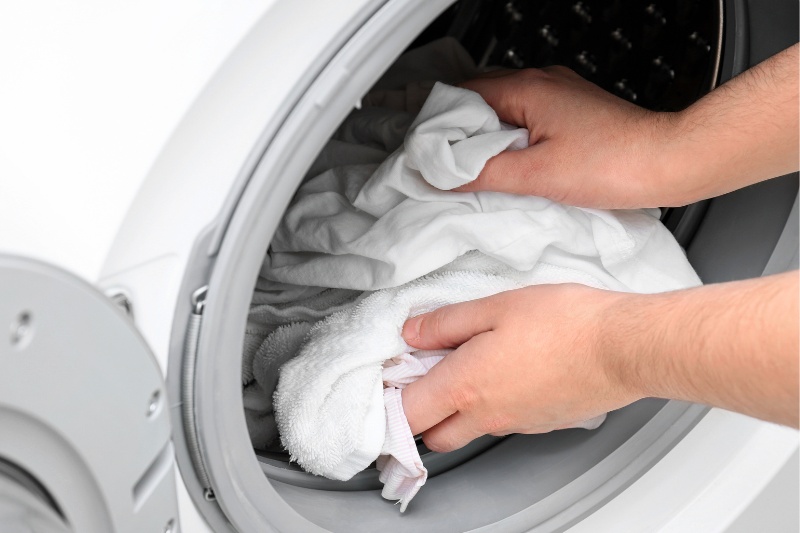
After treating the area, provided you’re happy with how much of the stain has lifted, just wash it as normal.
Use the hottest wash setting possible for the fabric, as this’ll help melt and remove the remaining sap.
For synthetic fabrics, 40 degrees Celsius is usually the maximum, but you can stretch to 60 degrees for natural fibres.
5. Check and repeat
The tree sap should be pretty much gone after a normal wash cycle. However, if you notice there’s still a mark, repeat the pre-treatment stage and wash it again.
Avoid letting the item dry, as it’ll be easier to work on the stain when it’s wet.
Does Vinegar Remove Sap?
Instead of rubbing alcohol, white vinegar can be used to remove tree sap. Despite being a weak acid, it’s still strong enough to break down the sugary sap.
Spray some white vinegar on the area and leave it to sit for up to 30 minutes. Then, flush the area with clean water and wash as normal.
Does Hand Sanitiser Get Rid of Sap?
If you’re out and about and want to get rid of a tree sap stain quickly, hand sanitiser can do a pretty good job. Most products are alcohol based and use the same stuff as rubbing alcohol.
Simply squirt some onto the stained area and rub it slightly. If you have a tissue or cloth to hand, wipe off the excess sanitiser. Wash the clothing as soon as you can after treating the stain.
Final Thoughts
Luckily, there are plenty of household products that can effectively remove tree sap from clothing.
For best results, remove as much of the excess sap as you can before treating the area.
Whatever method you choose, always be sure to wash your item at the hottest temperature to help flush out the sugary sap.

Jacob is a writer based in Wales, where he lives with his partner and two dogs. All his work is fuelled by extensive research and buckets of coffee.
